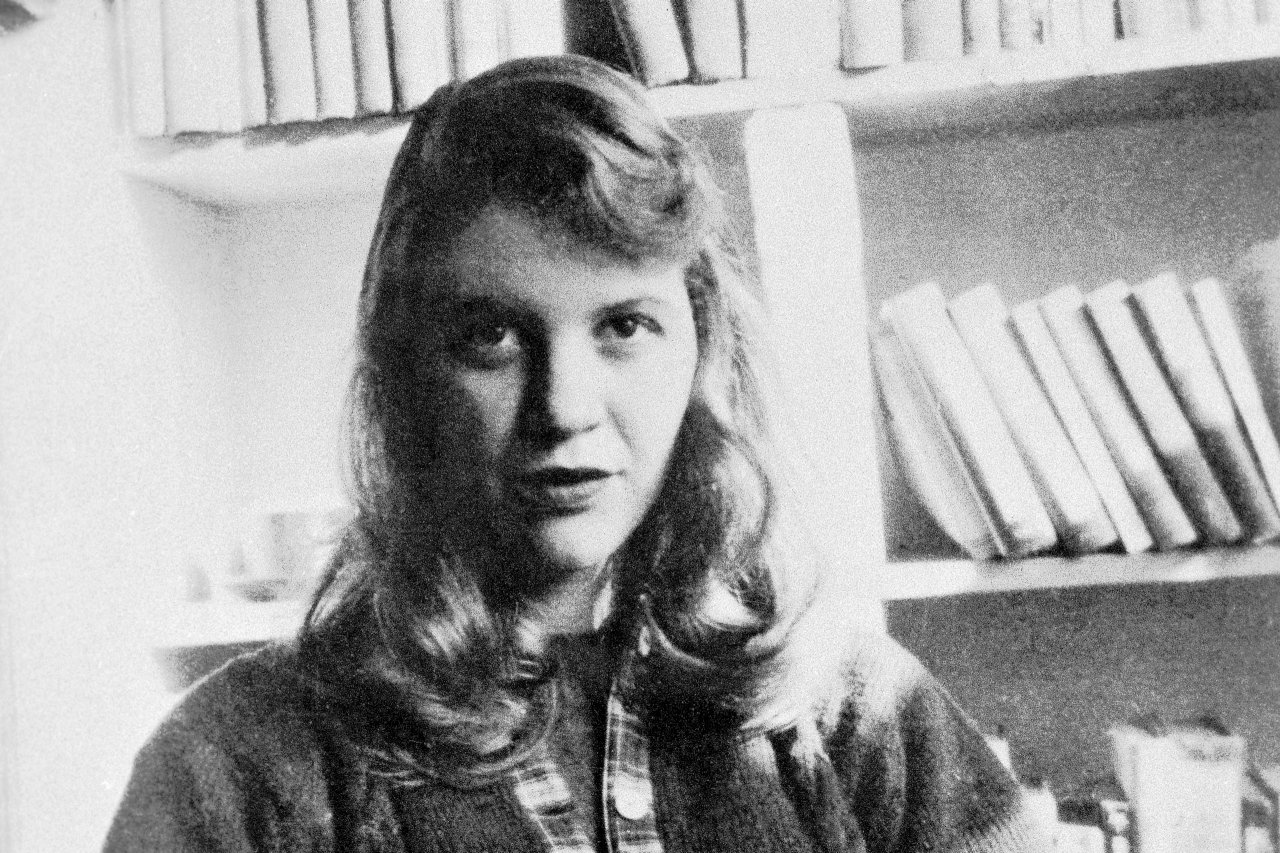 |
ZAO WOU-KI | Abstract Landscape 27.08.91
Painted in 1991 | oil on canvas
161 x 99.5 cm (63 1/4 x 39 in.)
|
Zao Wou-ki (1920-2013), a Chinese-French painter, is widely regarded as one of the foremost Chinese contemporary painters of the twentieth century. Zao was born in Beijing and grew up in an erudite family. In 1935 he began attending Hangzhou National College of Art (today the China Academy of Art). In Louvre Dialogues by Pierre Schneider, Schneider directly quoted Zao's comments on Zao's own education experience in Hangzhou National College of Art:
"'… At the National Beaux-Arts School in Han Tcheou, they taught us all the worst things the west had to offer. They made us draw Greek plaster casts.'"
"'... In truth, painters trained like this are only fit for painting propaganda.'"In 1936, the Second Sino-Japanese War broke out and caused Zao's 6-year stagnation in artistic education. After the war, Zao formed part of the second generation of Chinese Artist to turn westward. Zao explained his decision:
"'I had learned the Western style: it was normal to go there.'"However, Schneider added,
"That may be. But was there not also a need to get closer to that flame which is always changing place and school--as if to force us to understand that no place, no school possesses it--that flame which then seemed to be centered in Paris?"On April 1, 1948, Zao arrived in Paris and headed directly to the Louvre on the same day:
"'... That same afternoon, I was at the Louvre. I can still remember that visit. ... Certain painters--Botticelli, Fra Angelico--disappointed me: I liked them better in reproduction. All those constipated Madonnas!'"Constipated Madonnas. Interesting. Since some Madonnas are considered constipated by Zao, I wonder what makes a good painting in Zao's eyes? Schneider's writing gives the answers:
"One impression already prevails, which the rest of our tour will confirm. Zao Wou-ki’s criterion is spontaneity. He is drawn toward what erupts and pours forth with the unexpectedness and rightness of a spring. The rest is ‘tiring’ despite the talent.”In addition to his preoccupation with spontaneity, Zao is also, in a quite seemingly contradicting way, preoccupied with technique:
"'The black always crackles a little. The blues do not change at all. Ivory black is a troublesome color, as I found out at my own expense.'"
"Then why do you use it?"
"'Because no color has such intensity.'"Zao's use of ivory black can be found even in the first work that marks his artistic breakthrough in finding his artistic voice. This 1954 masterpiece named "Wind" (translated from "Vent" in French), is Zao's first purely abstract work.
 |
| "Wind", 1954 |
In the following years, Zao committed himself entirely to abstract (oil) painting. After 1959, he rarely used even figurative titles, only marking the dates of those painting's completion. Below is an example of such paintings.
 |
ZAO WOU-KI | 15.12.61
Painted in 1961 | oil on canvas
200 x 180 cm
|
 |
ZAO WOU-KI | Untitled
Painted in 1972 | India ink on paper
69 x 119 cm. | Photo Dennis Bouchard
|
In 2002, Zao was elected to the prestigious Academie des Beaux Arts society. In 2006, He received the Legion of Honor from then-president. In 2013, Zao passed away in Switzerland from complications of Alzheimer's disease. I will end by quoting from Julia Grimes's article on CNN:
"An artist friend once asked about my research. Hearing that I studied Zao Wou-ki, he grew suddenly pensive. 'Zao Wou-ki,' he mused, 'his work isn't representative of either Chinese or French art.' 'Yes,' I answered. 'He represents himself, and that is enough.'"
Reference
- Schneider, Pierre. Louvre Dialogues. New York: Atheneum, 1971. Print.
- Almanac 2016
- https://www.guggenheim.org/artwork/artist/zao-wou-ki
- http://www.cnn.com/2013/04/11/opinion/painter-zao-wou-ki/
- http://www.zaowouki.org










